SMS marketing can be a powerful tool, but only if you respect your subscribers’ wishes. A high opt-out rate can damage your brand reputation which badly affects future SMS campaigns. Don’t let this happen to you!
In this guide, we’ll dive into the top 10 best practices for managing SMS opt-outs. By following these principles, you can not only reduce opt-outs but also build stronger relationships with your customers.
Let’s get started!
What is SMS Opt-Outs?
Imagine you have a friend who loves to text you about every little thing. From what they had for breakfast to the latest cat video, your phone is constantly buzzing. You enjoy their company sometimes, but other times, you just need a break!
That’s basically what SMS opt-outs are.
When a company sends you text messages, like deals, updates, or reminders, they’re basically trying to be your really enthusiastic friend. But just like with your friend, you might not always want to hear from them.
So, an SMS opt-out is when you tell the company, “Hey, I appreciate you, but please stop texting me.” It’s like hitting the “unfriend” button, but for text messages.
Most companies will let you opt-out by replying with a specific word like “STOP” or “UNSUBSCRIBE”. It’s a simple way to regain control of your phone and only receive the messages you actually want.
In short, SMS opt-outs are like putting up a “Do Not Disturb” sign for your phone.
But before we move on, just for your information, you need to know about opt-ins in the context of opt-outs so you can better understand both terms. Here’s a short table comparing Opt-in vs. Opt-out for messaging:
| Aspect | Opt-In | Opt-Out |
| Definition | User explicitly agrees to receive messages | User is automatically enrolled and can leave |
| User Control | High – User consents before receiving messages | Moderate – User must take action to stop messages |
| Compliance | Typically required by regulations (e.g., GDPR, TCPA) | Can raise compliance issues if not properly managed |
| Engagement | Generally higher engagement and trust | May lead to lower engagement and potential backlash |
| Example | User signs up for a newsletter or SMS alerts | User receives marketing messages after a purchase with the option to unsubscribe |
I hope you now have a better understanding of opt-outs. The next question is: Why do we need to manage SMS opt-out requests? The answer is short and sweet:
- Ensure compliance with regulations
- Maintain trust with customers and avoid potential penalties.
- Customer satisfaction by respecting their preferences
- Leading to better engagement and brand loyalty.
Now let’s have a look into some best practices Best Practices for Managing SMS Opt-Outs:
Best Practice #1: Clear and Accessible Opt-Out Options
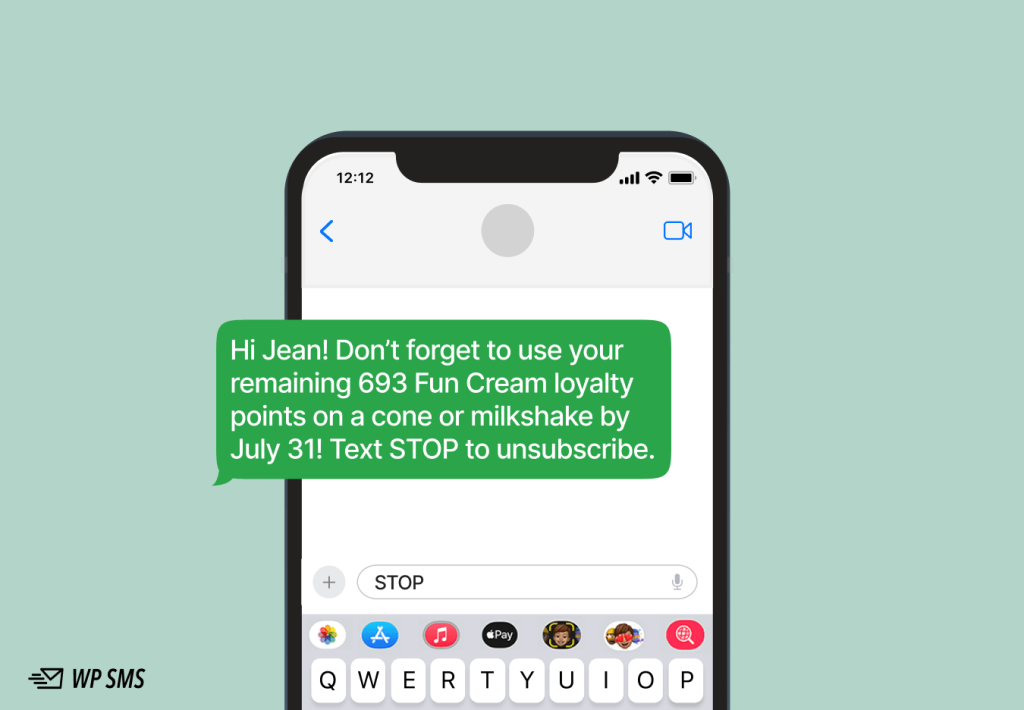
Customers should be able to easily and quickly remove themselves from your SMS marketing list. For that, providing clear visible opt-out options, whether through a simple keyword or a dedicated link, should be present in every message which ensures that customers feel in control and respected, reducing frustration and negative sentiment towards the brand.
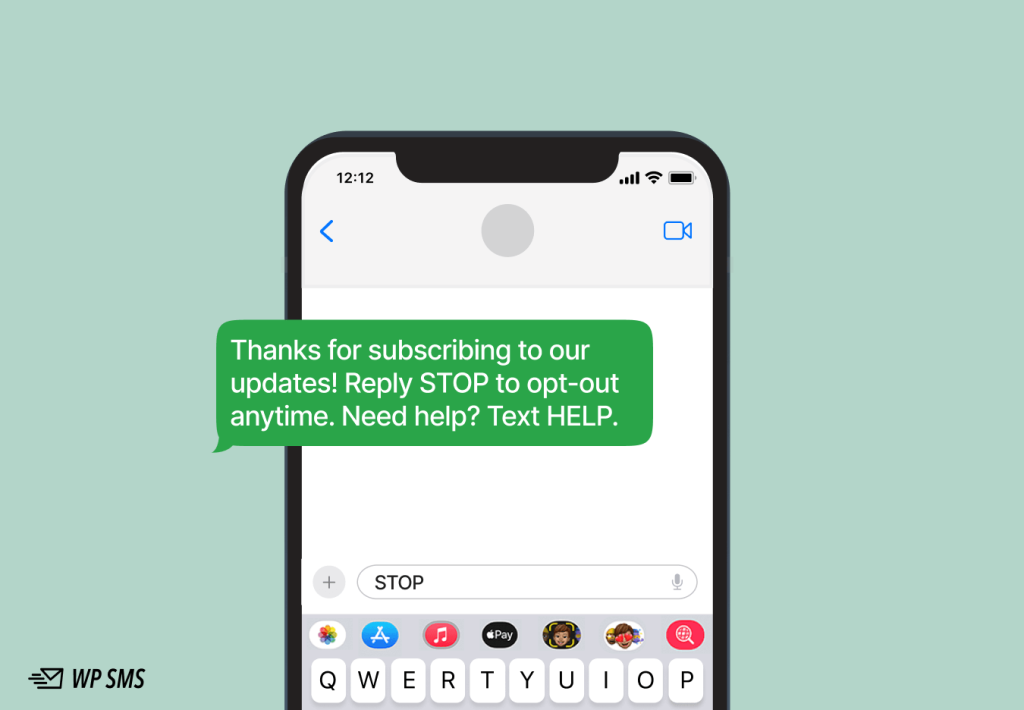
Message
Best Practice #2: Prompt Opt-Out Processing
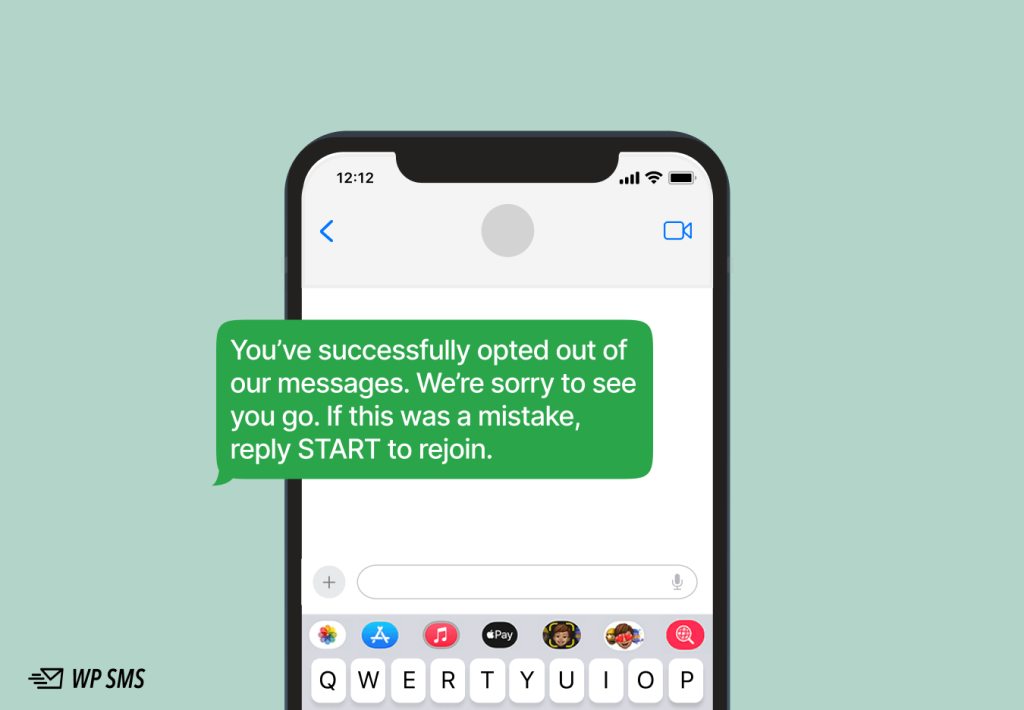
When a customer decides to opt-out, their request should be honored promptly. Delays in processing SMS opt-out requests can lead to continued message reception ultimately irritating customers and potentially damaging the brand’s reputation. To address this, efficient systems and dedicated personnel should be in place to handle these requests with urgency.
Message
Best Practice #3: Double Opt-Out Confirmation
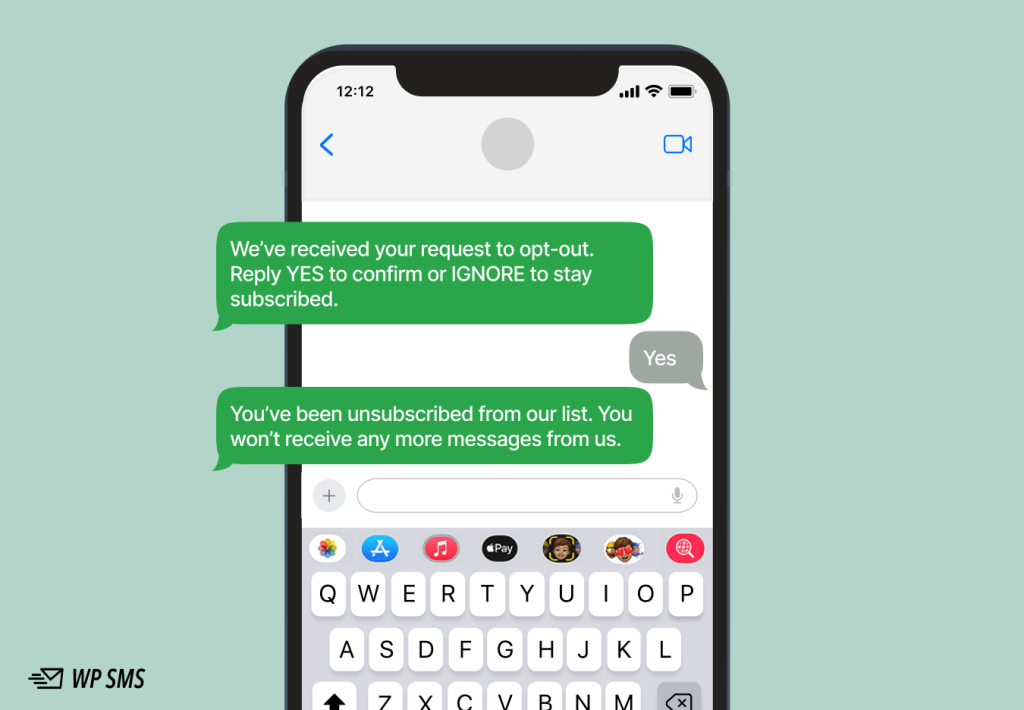
To prevent accidental opt-outs, implement a double opt-in confirmation process. Once a customer initiates an opt-out, send a follow-up message to verify their decision which ensures that customers are certain about their choice and reduces the likelihood of unintentional unsubscriptions.
SMS 1:
Message
SMS 2 (after confirmation):
Message
Best Practice #4: Build a Solid Opt-Out Database
Maintain a comprehensive and up-to-date database of all customers who have opted out of SMS communications that database should be easily accessible and regularly updated to prevent accidental contact. As well well-managed opt-out database demonstrates a commitment to respecting customer preferences and avoiding legal issues.
Best Practice #5: Regular Database Cleansing
Regularly cleanse your SMS subscriber list to remove inactive or opted-out numbers that ultimately improve message delivery rates, reduce costs, and help maintain a positive sender reputation. By keeping the list clean and current, businesses can focus their efforts on engaged customers.
Best Practice #6: Compliance with Regulations
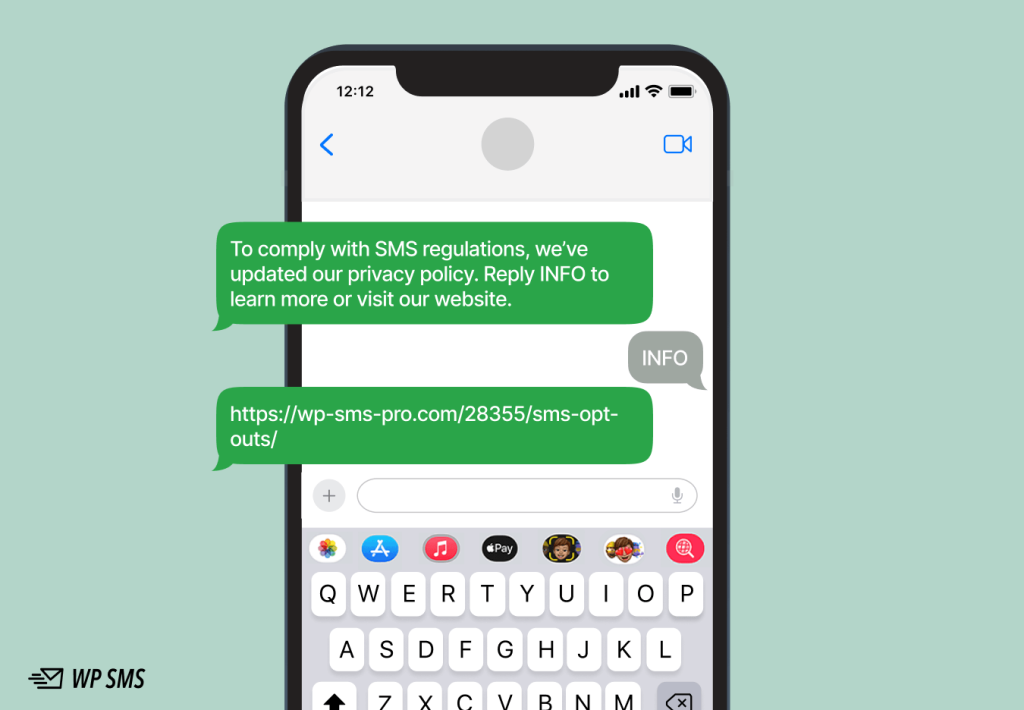
Stay informed about the ever-changing landscape of SMS regulations. Compliance with laws and industry standards is essential to protect your business and maintain customer trust. By understanding and adhering to legal requirements, you can avoid costly penalties and reputational damage.
Message
Best Practice #7: Education for Staff
Ensure that all staff members involved in SMS marketing are well-versed in opt-out procedures and the importance of customer privacy. Proper training empowers employees to handle customer inquiries effectively and maintain a high level of customer satisfaction.
Best Practice #8: Monitoring and Analysis
Monitor opt-out rates and customer feedback to identify potential issues or areas for improvement. By analyzing data and gathering customer insights, businesses can refine their SMS marketing campaigns and enhance the overall customer experience.
Best Practice #9: Be Open and Honest
Transparency is key to building trust with customers. Clearly communicate how customer data is collected, used, and protected. By being open and honest about SMS marketing practices, businesses can foster positive relationships with customers and encourage ongoing engagement.
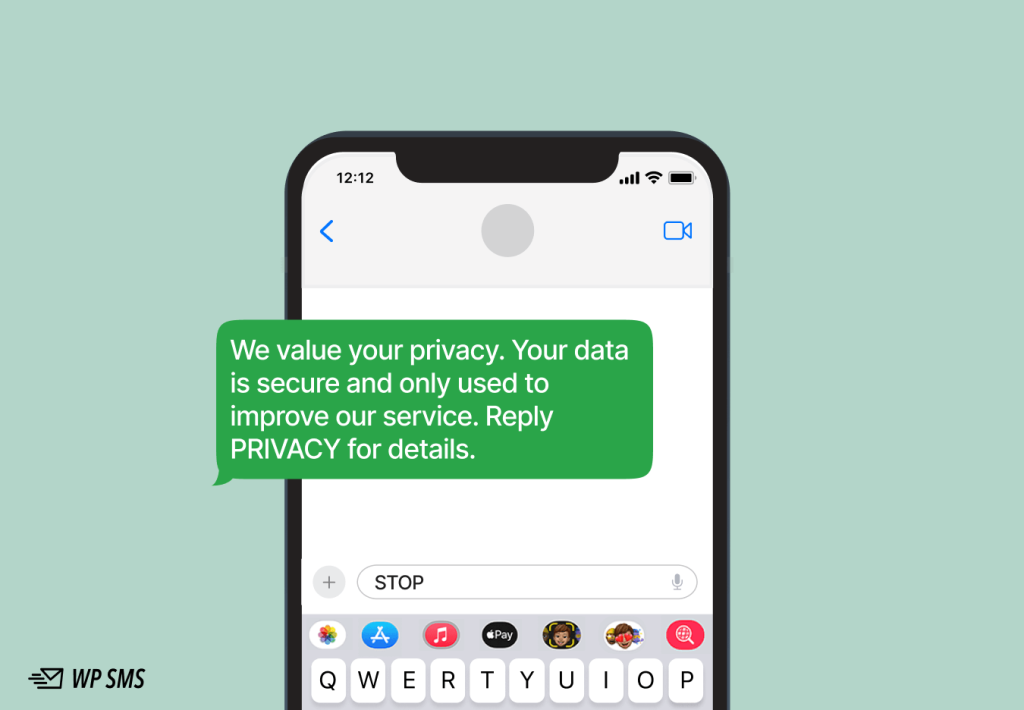
Message
Best Practice #10: Continual Improvement
In the SMS industry compliance and laws are continuously updated so it’s essential to regularly evaluate and refine your opt-out management processes. Stay updated on industry best practices and customer preferences to ensure that your SMS marketing efforts remain effective and compliant. By leveraging a culture of continuous improvement, businesses can deliver exceptional customer experiences and drive long-term success.
Conclusion
Your subscribers’ trust is everything. Mishandling opt-outs can spell disaster for your SMS marketing campaigns. Don’t let it happen to you!
By following the above 10 proven strategies, you’ll not only keep your subscribers happy but also protect your brand reputation and stay on the right side of the law.
Remember: Happy subscribers equal successful campaigns. Don’t gamble with their trust.


